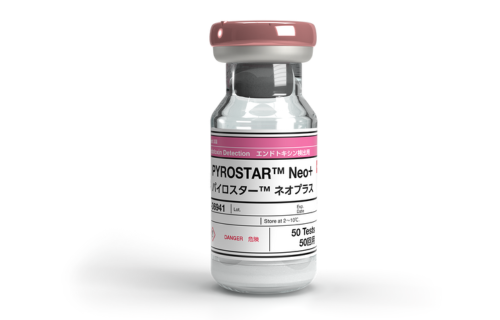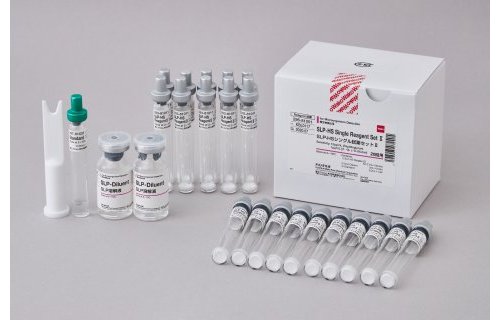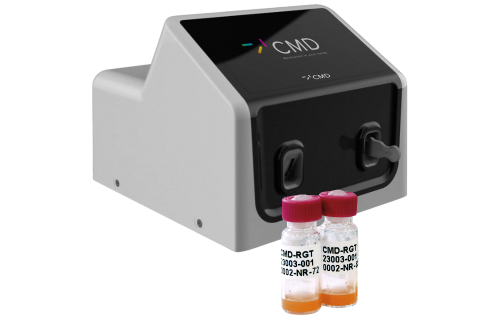Testing for endotoxin in cell therapy products
The significance of cell therapy products for addressing unmet patient needs
Cell therapy has been defined as the transfer of autologous or allogenic live cells into a patient with the goal to cure a disease or alleviate its symptoms. The transferred cells may be pluripotent, multipotent, or differentiated. Cell therapy products may be relevant to address unmet patient needs in a wide range of medical disciplines, including oncology, regenerative medicine, immunology, and neurology.
Risk of contamination in cell therapy products
Cell therapy products are at a risk for contamination during all stages of their manufacturing, including sourcing of the starting reagents, the manufacturing process, and the storage or distribution of the final product. Sources of contamination in the laboratory may include water, cell culture medium, serum, other cell reagents, contaminated glass- or plasticware, or contact with contaminated skin, gloves, and surfaces. Moreover, there are different types of contamination, including bacterial, viral, fungal, or endotoxin contamination.
Risk of endotoxin contamination in cell therapy products
Endotoxins are a component of the outer membranes of gram-negative bacteria that are primarily released during bacterial lysis. They are strong pyrogens, which, if they gain access to the bloodstream, may induce fever, endotoxemia, sepsis, and even shock.
Several factors enhance the risk of endotoxin contamination in the laboratory, including their iniquitousness in the environment, resistance to autoclaving and radiation, and affinity to plasticware. Accordingly, there are strict regulatory requirements for endotoxin limits in parenteral pharmaceutical products, including cell therapy products, that aim to prevent endotoxin contamination.
Endotoxin testing during the different stages of cell therapy product development
Due to the seriousness of potential endotoxin contamination, endotoxin testing should be conducted not only during the final stage of product release but also throughout the manufacturing process, including assessments of the raw materials and accessories and of materials used throughout the manufacturing process.
The LAL assay for endotoxin testing in cell therapy products
The golden standard for endotoxin determination, which is also used in cell therapy products, is the Limulus amebocyte lysate (LAL) assay. It relies on the incubation of protein extracted from the blood of horseshoe crabs with a sample tested for endotoxin contamination. If endotoxin is present, a clotting reaction will be initiated, and a clot will be formed. There are several different variations of the LAL assay:
- The LAL gel clot assay, which provides fast and sensitive but qualitative detection of endotoxin via the visualization of a formed clot.
- The LAL turbidimetric assay (KTA), which relies on the quantification of the turbidity (cloudiness) of the analyzed sample.
- The LAL chromogenic assay (KCA), which relies on the photometrical endotoxin quantification of chromogenic release induced by a chromogenic substrate cleavage.
Recombinant endotoxin assays for cell therapy products
In addition to the traditional LAL assay, environmentally friendly recombinant assays have been developed. They include:
- The recombinant factor C-based assay, which relies on recombinant Factor C, the initial component of the clotting cascade of horseshoe crabs.
- Three-factor recombinant assays, which mimic the reaction cascade of the traditional LAL assay with three recombinant factors.






